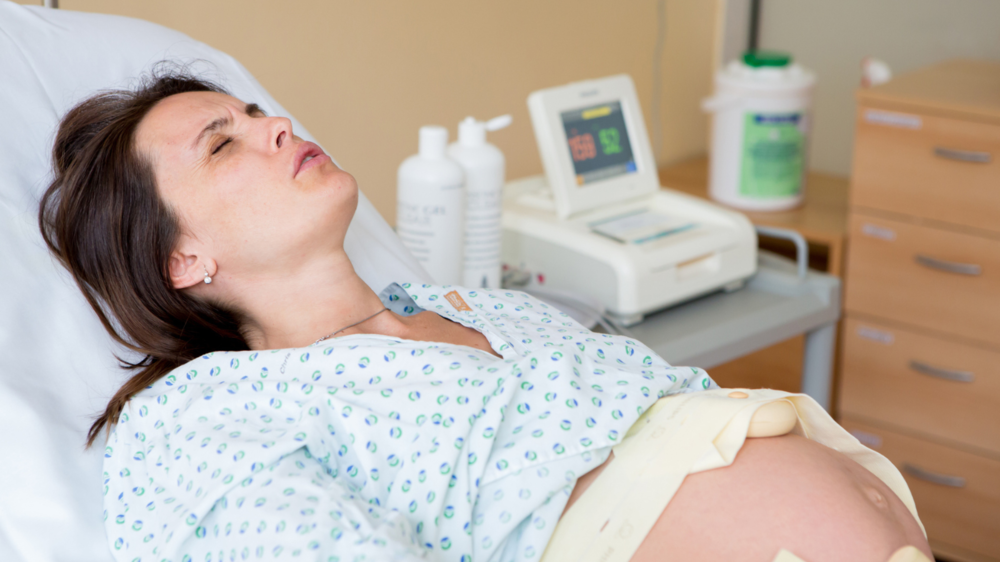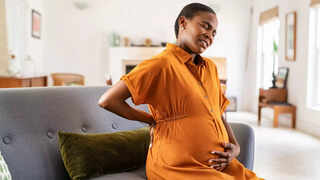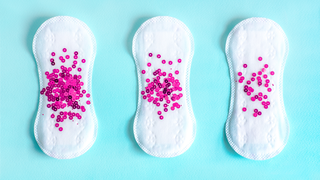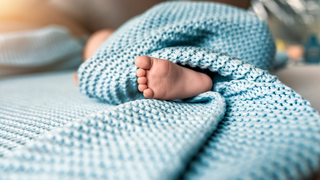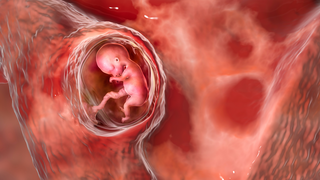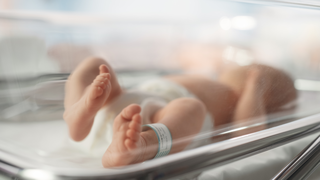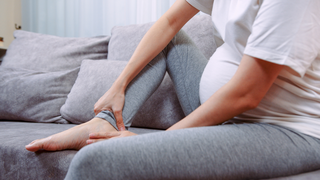In this article:
How can Labour Push increase Strain in the Veins?
During labour, pushing isn’t just about helping your baby descend; it also directly affects the blood vessels in your anal and rectal area. Your abdominal pressure rises every time you bear down, leading to straining your already swollen veins. This can lead to discomfort and bleeding. Your position, technique, or the time you take while pushing all impact how much pressure you create on your veins. If you’re aware of these things, you can try to ease haemorrhoid flare-ups and make your delivery process more comfortable.How do Haemorrhoids Happen in Pregnancy?
Haemorrhoids are swollen blood vessels in the lower rectal or anal area. You may notice them more during pregnancy, because:- Your body produces 50% more blood to support your foetus, which strains your veins.
- You get haemorrhoids when your growing uterus pressurises the pelvic blood vessels, slowing down the flow of blood and causing inflammation in the veins.
- Your hormones fluctuate during pregnancy, which can also create pressure on your blood vessels and make bowel movements harder by hampering digestion.
How Do You Get Haemorrhoid Flare-ups?
Pushing is all about forceful bearing down, increasing pressure in your abdomen and lower body. This additional pressure causes:- Strain in your already swollen blood vessels by aggravating haemorrhoids, which might also lead to bleeding
- Veins that were previously unnoticed may enlarge during the pushing phase, triggering new haemorrhoids
- Pushing too hard or for too long can cause swelling and pain that causes postpartum discomfort
Are There Different Pushing Methods?
Yes. And knowing some can help keep haemorrhoids from getting worse.1. Valsalva Pushing
- You take a deep breath and hold it while you push down for about 10 seconds
- This method strengthens abdominal strain, which can add more pressure on haemorrhoids
2. Open-Glottis Pushing
- When you push, just breathe out and go with your body’s natural urges
- Reports state that this method can be easier on your pelvic floor or rectum, so you’re less likely to get haemorrhoid flare-ups
3. Side-Lying Position
- The side-lying position, with the help of a birthing stool or squatting, can help distribute the pressure evenly
- These postures assist blood flow by alleviating pain
What Do Labour-Related Haemorrhoids Feel Like?
You may notice:- Pain or burning in your anal area
- Itching or discomfort
- Bleeding while pushing or later
- Bulging growth or inflammation near the rectum
How Can You Protect Your Veins During Labour?
While you can’t control everything when you’re in labour, you can control haemorrhoid flare-ups by doing a few things:- Listen to your body and push only when you feel like doing it
- Try altered pushing postures, such as side-lying or upright positions, as these may reduce strain
- Eat fibre-rich foods before labour as they help reduce constipation, lowering haemorrhoid risk
- Take help from your partner or nurse to get into a comfortable position and receive encouragement
What Steps Should Be Followed After Delivery?
Typically, postpartum haemorrhoids are curable. Just remember to look after yourself in these ways:- Use the ointments or creams the doctor gave you
- Warm sitz baths are great for soothing swollen blood vessels
- A cold compress can help with inflammation or pain
- To soften stools, eat fibre-rich foods, drink plenty of water, and practice gentle exercise
Emotional & Social Considerations
Dealing with haemorrhoids while you’re already in labour can be really stressful. To stay calm and recover faster, discuss these things with your family, partner, or doctor. Keep in mind that getting back to normal after delivery takes time, and having support makes a big difference both physically and emotionally.Haemorrhoids are quite common during childbirth. How you push during labour can really influence the severity of the delivery. If you understand how your body reacts to different pushing methods, drink enough water, eat wholesome foods, and find supportive positions, you can protect your blood vessels and feel better. Don’t forget that having someone there for you and taking care of yourself after delivery are just as important for a smooth recovery.
Whether you’re pregnant, a new mom, or navigating postpartum, you don’t have to do it alone. Join our support group to connect, share, and support one another.
FAQs on How Pushing Techniques During Pregnancy Labour Affect Haemorrhoids
- Do haemorrhoids disappear after giving birth?
Yes. They usually shrink and you start feeling better a few weeks after giving birth, especially if you look after yourself and drink plenty of water. - Is natural pushing safe for haemorrhoids?
Spontaneous, open-glottis pushing often reduces rectal and abdominal pressure, which may lessen haemorrhoid flare-ups. - When to consult a doctor about haemorrhoids after giving birth?
Consult the doctor if you’re bleeding a lot, the pain is really bad, or if things don’t get better after a few weeks of getting proper care.

